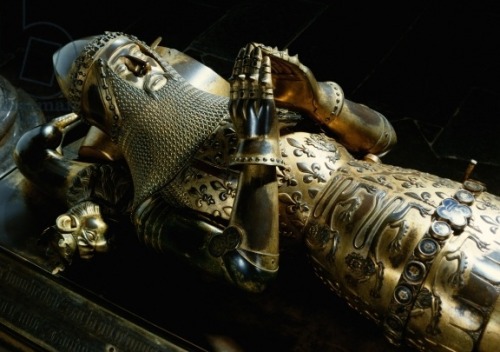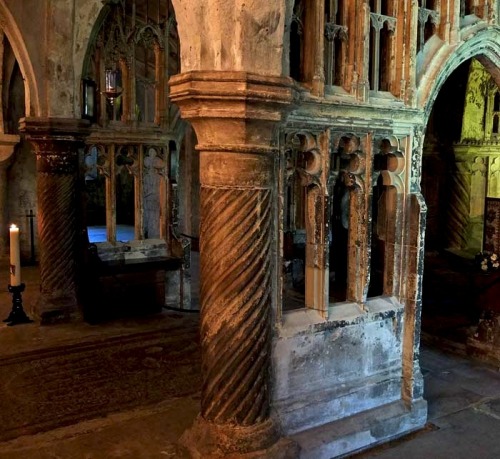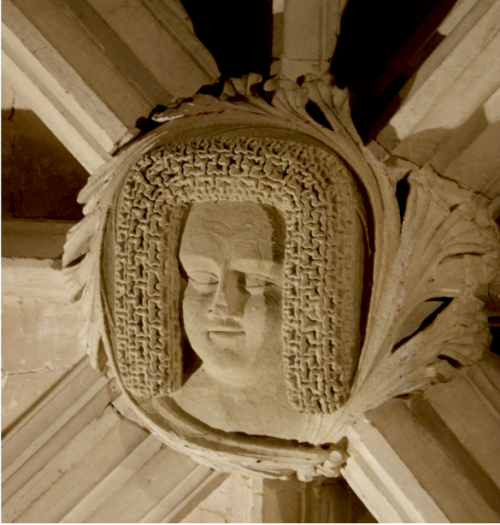edwardslovelyelizabeth: On this day in history, 8th of June 1376, Edward of Woodstock, Prince of Wal
edwardslovelyelizabeth:On this day in history, 8th of June 1376, Edward of Woodstock, Prince of Wales died at Westminster Palace, aged 45.Edward of Woodstock was the eldest son of King Edward III and Philippa of Hainault, and the father of King Richard II of England. He was the first Duke of Cornwall (from 1337), the Prince of Wales (from 1343) and the Prince of Aquitaine (1362–72). Edward served as a symbolic regent for periods in 1339, 1340, and 1342 while Edward III was on campaign. He was expected to attend all council meetings, and he performed the negotiations with the papacy about the war in 1337. He also served as High Sheriff of Cornwall from 1340–1341, 1343, 1358 and 1360–1374.He was called “Edward of Woodstock” in his early life, after his birthplace, and since the 16th century has been known in popular culture as the Black Prince. He was an exceptional military leader, and his victories over the French at the Battles of Crécy and Poitiers made him very popular during his lifetime. In 1348 he became the first Knight of the Garter, of whose order he was one of the founders. In 1361 Prince Edward married his cousin and childhood sweetheart Joan of Kent, granddaughter of Edward I and coutess of Kent in her own right. The marrige proved to be happy and loving one.They had two sons from this marriage, Edward (died at the age of 6) and Richard (future Richard II) Both sons were born in France, where the Prince and Princess of Wales had taken up duties as Prince and Princess of Aquitaine.From his marriage to Joan, he also became stepfather to her 4 children from the previous marrige to sir Thomas Holland.Prince Edward seemed to have good health until 1366. It was not until his campaign in Spain to restore Don Pedro the Cruel to the throne of Castille that he became ill.On this expedition, his army suffered so badly from dysentery that it is said that one out of every five Englishmen would not return home. Prince Edward contracted an illness on this expedition that would ail him until his death in 1376. It is widely believed that he contracted amoebic dysentery but some argue against the likelihood that he could sustain life with a ten-year battle with dysentery. Other possible diagnoses include edema, nephritis, cirrhosis or a combination of these.In his will the prince had directed that he should be buried in the middle of the chapel of Our Lady Undercroft, in a marble tomb, ten feet away from the altar. The chapel of Our Lady Undercroft was the chapel which the prince had founded in accordance with the Pope’s mandate giving him permission to marry Joan of Kent, his cousin. It was a moving tribute to the love the prince felt for his wife that he wished to be interred in the chapel which commemorated their marriage. In the ceiling of the chantry chapel there can still be seen a carved stone boss of a woman’s head, with her hair in a netted fret, which was a popular fashion at the time. It is the largest human face among the ceiling bosses, and clearly represents Joan, although it is not known when it was placed there.Edward died one year before his father, becoming the first English Prince of Wales not to become King of England. The throne passed instead to his son Richard II, a minor, upon the death of Edward III.xx pictured:1. Tomb effigy of Edward, Prince of Wales in Centurbury Cathedral,Kent, England 2.Chapel of Our Lady Undercroft 3. Ceiling boses repesenting Joan of Kent (most probably) -- source link
#history#14th century


